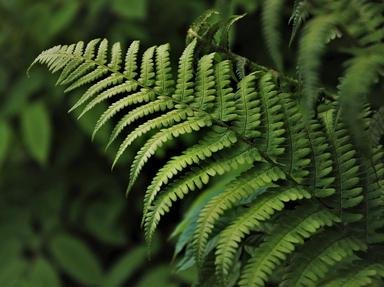Quiz Answer Key and Fun Facts
1. This plant, native to eastern Africa and parts of western Asia, has the common name of ricin. Only the seeds are poisonous but it takes only three or four to kill a human being. This plant, although potentially deadly, can be used medicinally. What is it called?
2. Which plant, whose leaves are legally imported from Peru for pharmaceutical use, is still believed to be used in the flavoring of Coca-Cola?
3. Native to the American West, which plant produces berries that can cause paralysis? Two of its common names are tullidora and cimmaron.
4. Jamestown settlers, who arrived at Jamestown Island in Virginia in 1607, discovered a beautiful weed growing everywhere. When they added this weed to their diet, the results were terrible. Known commonly as devil's trumpet or Jamestown weed, name this deadly plant.
5. This highly toxic shrub is popular in warm climates around the world and known for its red, pink, yellow or white blossoms. It has been implicated in murders and suicides. Commonly called rose laurel, what is this deadly plant otherwise known as?
6. Which parasitic fungus, that attaches itself to a flowering cereal grass such as wheat or rye, can mimic the plant it grows on? It is native to Europe and is commonly referred to as St. Anthony's fire.
7. This plant produces a poison that lingers in the body. For this reason it is sometimes referred to as the "poison that keeps on killing." Animals eat other infected animals and so on. The poison from this plant is odorless and tasteless. Even a minute amount can kill. Commonly called poison leaf, name this dangerous plant.
8. This woody vine, found in South America, contains a powerful alkaloid called d-tubocurarine. The substance acts as a muscle relaxant and instantly immobilizes prey. Can you name this plant? (Hint-the answer is contained within the name of the alkaloid.)
9. Abraham Lincoln's mother, Nancy Hanks Lincoln, died of milk sickness caused by this plant. Symptoms include weakness, vomiting, tremors, and delirium. Also known as white sanicle, what is another name for this plant?
10. With grass-like leaves and bulbs that resemble wild onions, many have been fooled into believing this North American perennial (Zigadenus venenosus) is edible. Name this highly toxic plant.
Source: Author
nmerr
This quiz was reviewed by FunTrivia editor
crisw before going online.
Any errors found in FunTrivia content are routinely corrected through our feedback system.

